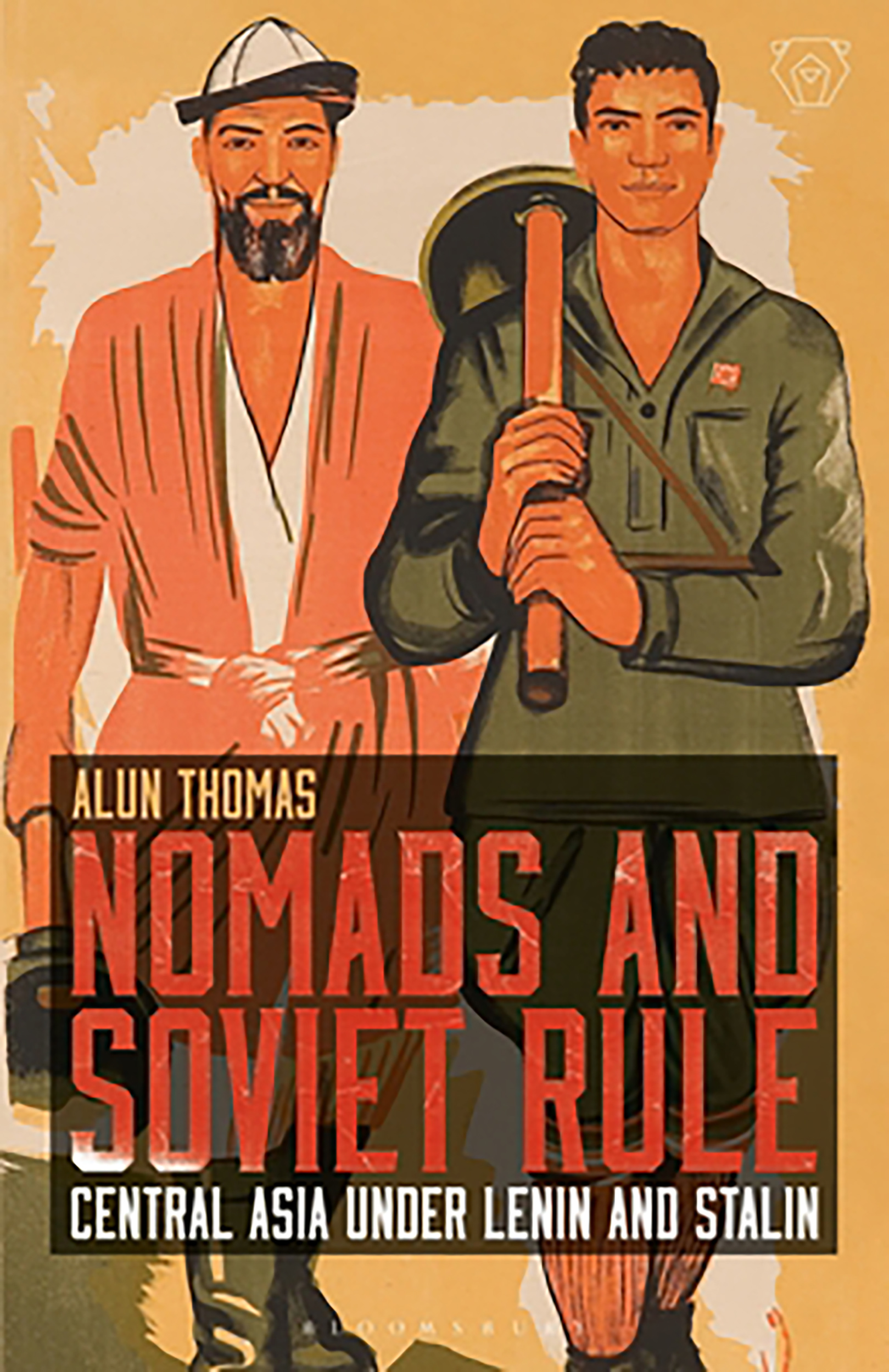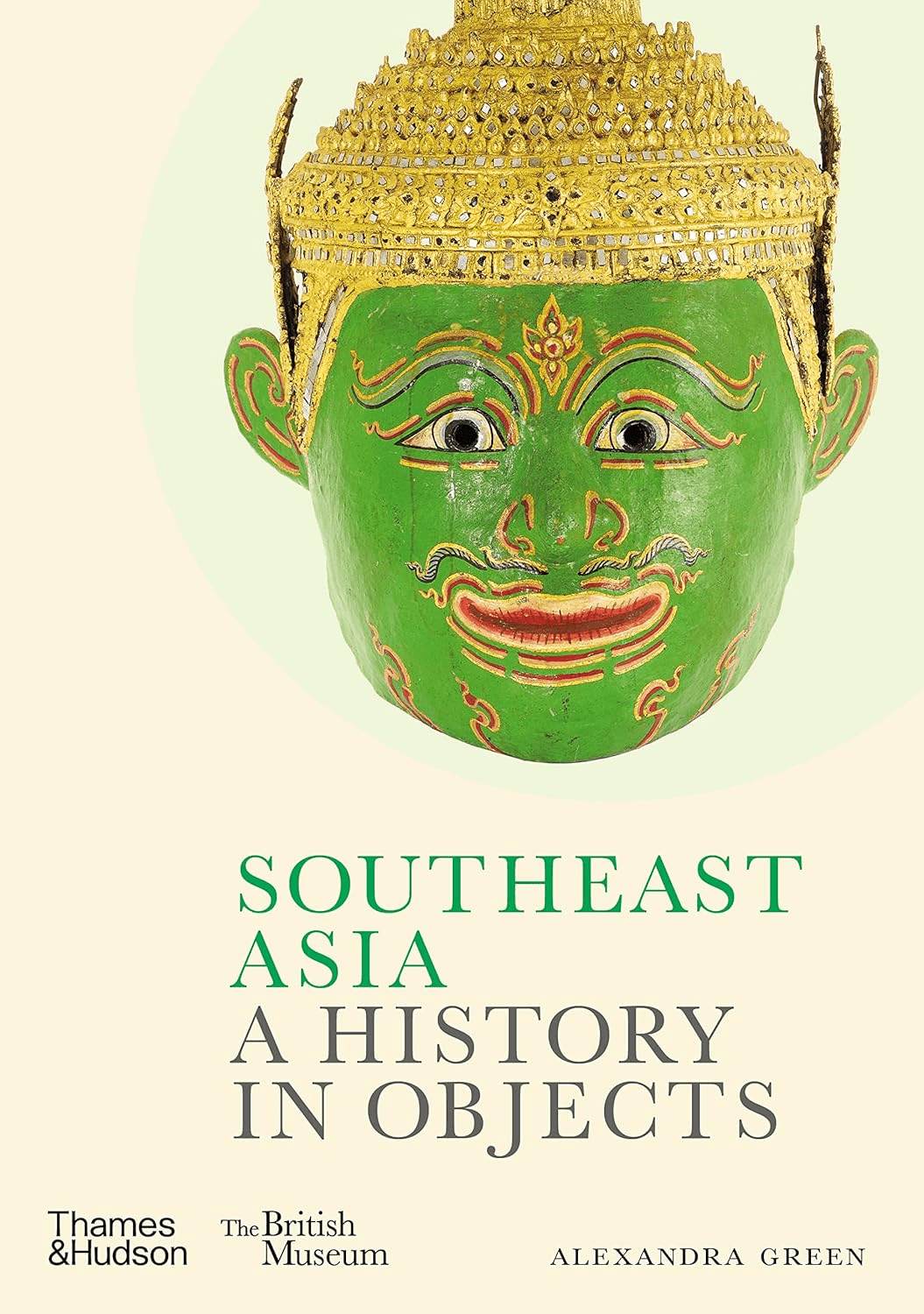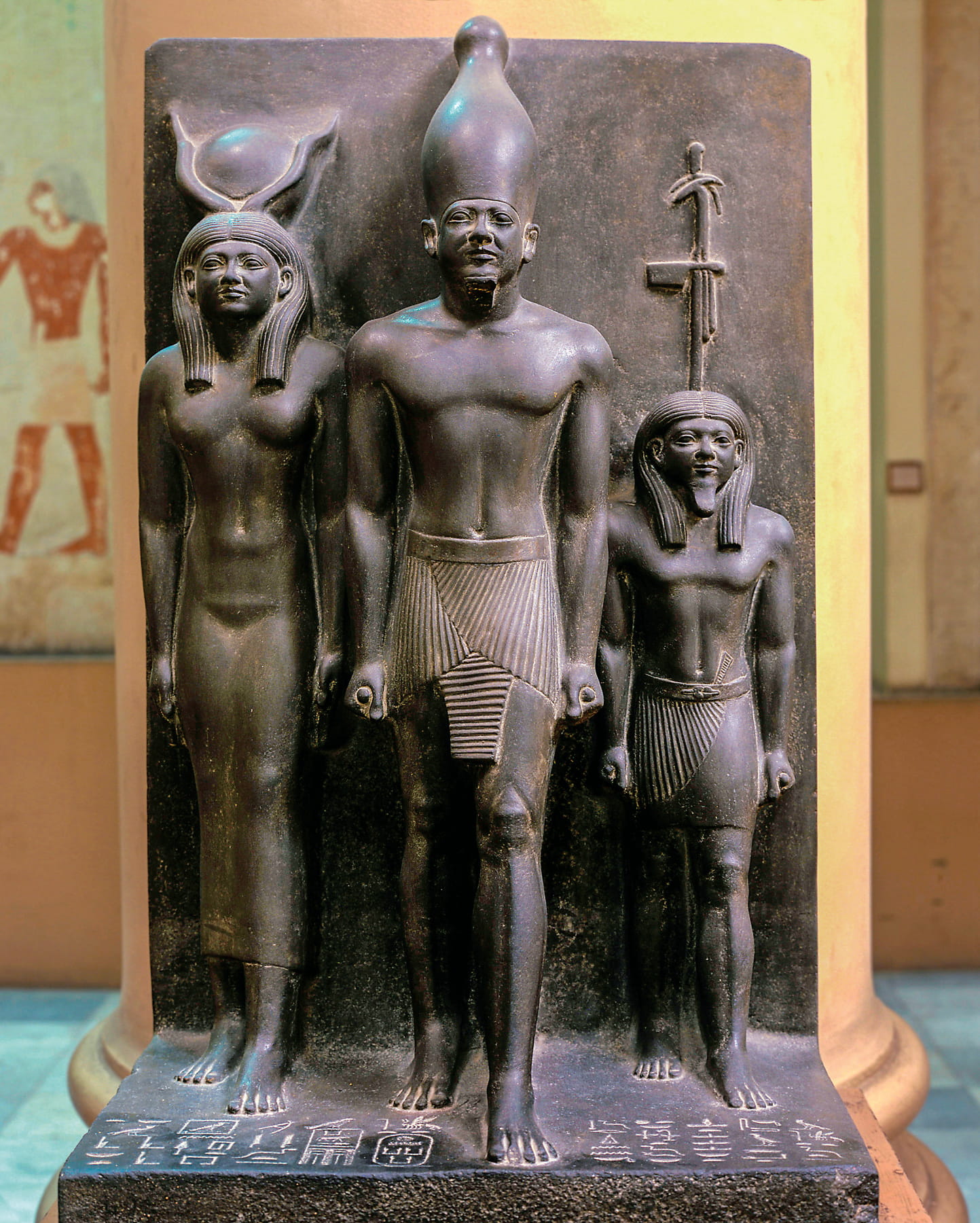
Nomads and Soviet Rule: Central Asia Under Lenin and Stalin
Dennis Keen
Alun Thomas
2018, Bloomsbury Academic, 978-1-350140-368-5, $36.86 pb
In the years that followed the 1917 October Revolution, the young Soviet state sought to bring social change to the Kazakh and Kyrgyz nomads of Central Asia. With their mobile lifestyle viewed as backward, even by some among the indigenous elite, nomadic communities nevertheless maintained a decidedly ambiguous relationship with the new government. This continued until the early 1930s, when Stalin campaigned to forcibly settle nomads onto collective farms. It is this often-overlooked period between the violence of the Bolshevik revolution and the ruthless attempts to eliminate of nomadic lifeways that is the focus of Thomas’s meticulous case study. If previous scholars have presumed that the brutal end of Central Asian nomadism was preceded by escalating animosity, Thomas’s talents for archival excavation weave an alternate tale of a decade defined by bureaucratic indifference and misunderstanding. Soviet rule “looked at nomads,” Thomas concludes, “but did not always see them.”
You may also be interested in...

British Museum Curator Takes Readers on Journey Spanning 6,000 Years
Southeast Asia curator Alexandra Green takes readers on a journey spanning 6,000 years, highlighting objects from Neolithic stone tools to contemporary paintings.
The Legacy of Egyptologist George Reisner—Our Book Review
When George Reisner died in 1942, he did so surrounded by ghosts—not just the pharaohs he’d unearthed but the stacks of unpublished notes that entombed his legacy.